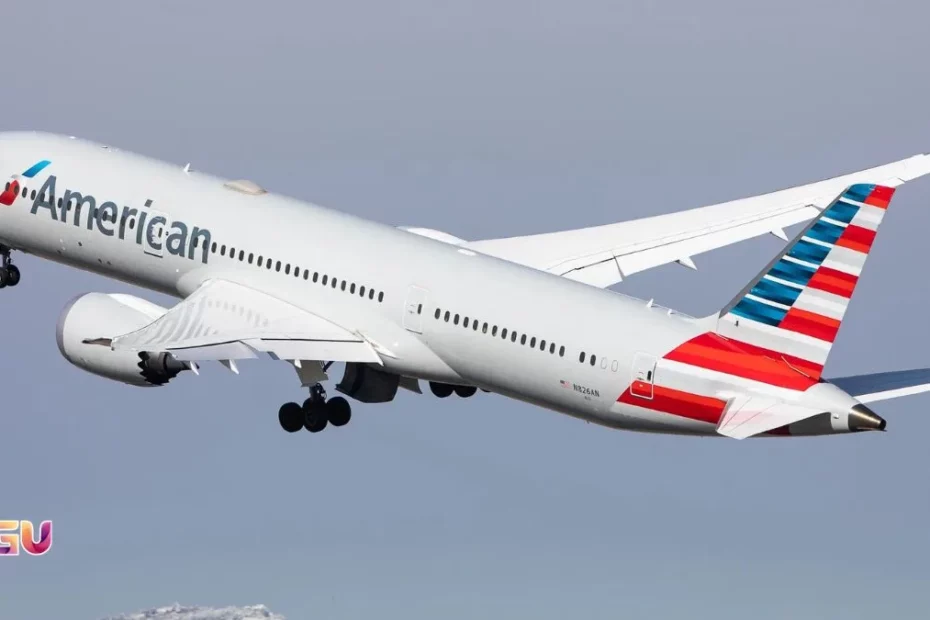In a surprising mid-air maneuver that has aviation experts talking, American Airlines Flight AA780 from Philadelphia to Naples was forced to divert to Rome after Naples International Airport was unable to accept the aircraft due to infrastructure limitations. The incident, which occurred on June 2, spotlighted serious concerns about airport readiness for modern widebody jets and has reignited debate about the need for small and mid-sized airports to modernize.
The Diversion: What Happened?
The Boeing 787-9 Dreamliner, one of American Airlines’ most advanced aircraft, took off from Philadelphia at 7:42 p.m. ET on Monday, scheduled to land in Naples the following morning. But as the aircraft approached its destination over the Tyrrhenian Sea, just 70 miles from landing, the flight abruptly changed course and headed north to Rome’s Leonardo da Vinci–Fiumicino Airport.
The reason? Naples International Airport couldn’t handle the larger 787-9 aircraft due to rescue and firefighting service (RFFS) limitations.
Why Naples Couldn’t Accept the 787-9
While the 787-9 and its slightly smaller sibling, the 787-8, share the same wingspan, the former is about 20 feet longer. That extra length pushes it into a higher RFFS category — Category 9 — whereas Naples is currently rated for Category 8, sufficient only for the 787-8.
American Airlines had been operating the Philadelphia-Naples route with the 787-8 since its seasonal relaunch in May 2025. The June 2 flight marked the first use of the larger 787-9 on the route — a move that turned out to be incompatible with the airport’s current classification.
Passengers Bused Two Hours to Naples
After safely landing in Rome at around 9:45 a.m. local time, passengers expecting to explore Naples found themselves on a two-hour-plus bus ride instead. An American Airlines spokesperson apologized for the disruption and confirmed that transportation was arranged for all affected travelers.
While frustrating for passengers, the airline is not subject to the European Union’s compensation policies (EU261) since it is a non-EU carrier.
A Wake-Up Call for Smaller Airports
The incident has sparked conversation among aviation analysts, who see it as a cautionary tale about the need for infrastructure upgrades. With international carriers deploying larger, more fuel-efficient jets like the 787-9 to expand routes and meet travel demand, airports like Naples may face growing pressure to modernize.
“The use of advanced aircraft on secondary routes is becoming the norm,” said an aviation analyst. “But if airports can’t handle them, it puts pressure on airlines to take risks — and on passengers to suffer the consequences.”
Strong Demand, Operational Gaps
American Airlines has seen strong demand on its seasonal service to Naples, reporting an 89% load factor between June and October 2024. But this incident underscores the logistical tightrope airlines walk when balancing aircraft efficiency, airport capability, and passenger convenience.
Following the diversion, the Dreamliner continued operations, flying from Rome to Chicago O’Hare on June 3 as part of its regular schedule.
What Travelers Should Know
Travelers heading to smaller European cities this summer should check aircraft types and potential rerouting policies, especially when flying on larger jets. While diversions are rare, this event shows that even routine flights can face last-minute operational surprises.
As for Naples, unless airport upgrades are prioritized, this won’t be the last time an international flight has to make a dramatic detour.
